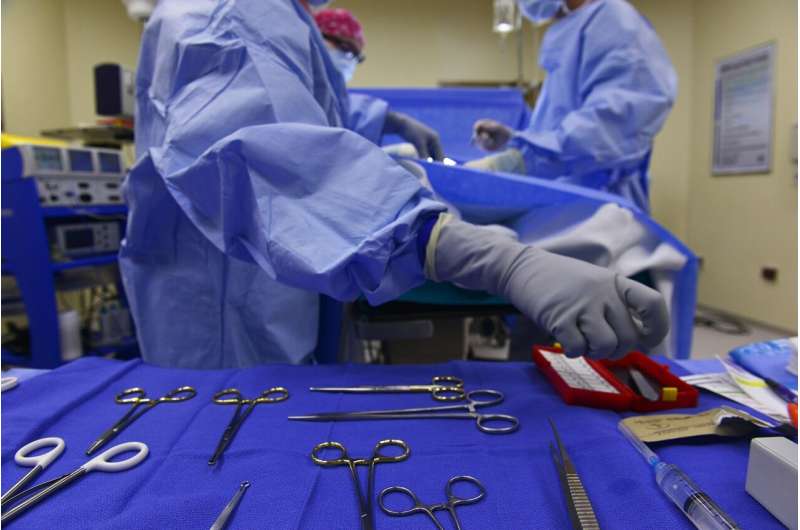Revolutionary Light Sheet Microscope Enhances Brain Imaging to Study Learning Processes

Innovative light sheet microscopy enhances brain imaging capabilities, enabling detailed study of neural processes involved in learning and development at a cellular level.
Advancements in imaging technology are revolutionizing our understanding of brain function, offering new insights into how learning occurs. A recent development at the University of Zurich involves an improved light sheet microscope called mesoSPIM, which enables scientists to generate detailed three-dimensional images of brain tissues within minutes. This technology can be applied to entire mouse brains and tissue samples from humans, allowing researchers to examine neural structures at the level of individual nerve cells and synapses.
The mesoSPIM microscope represents a significant leap in brain research tools. Its design allows for rapid, high-resolution imaging, which is essential for studying the complex dynamics of neural networks during learning and development. The team led by Fritjof Helmchen has made the construction instructions for this microscope freely available online, leading to over 30 replicas worldwide, including research institutions outside Switzerland.
Modern brain imaging is crucial for uncovering the mechanisms behind neural development and learning. Techniques such as multi-photon fluorescence microscopy and light sheet microscopy (including mesoSPIM) enable high-resolution visualization of brain structures. Additionally, innovations like tissue transparency and computational data processing have amplified the potential of imaging to explore larger brain regions and faster processes.
The collaboration between biology and artificial intelligence further accelerates discoveries. AI aids in analyzing complex imaging data, while biological insights inform machine learning models. These combined approaches help simulate brain functions and understand neural connectivity, including the complete mapping, or connectome, of neural circuits.
Research groups at the University of Zurich, led by Helmchen and Stoeckli, focus on different aspects of brain development and function. Helmchen studies processes in the mature brain, such as signal propagation during learning, while Stoeckli investigates neurodevelopment from embryo to adult, emphasizing axonal navigation and neural network formation.
The continuous refinement of microscopy, including new lens designs and tissue inflation techniques, allows scientists to observe larger brain areas at ever-increasing detail. The ultimate goal is to develop comprehensive models of brain activity, which could lead to better understanding and treatment of learning disorders. Although fully mapping the human brain remains a distant goal, these technological advances pave the way for significant breakthroughs in neuroscience.
According to Esther Stoeckli, these imaging innovations are key to unraveling the brain’s complexities. As Helmchen adds, each technological improvement offers new opportunities to observe, analyze, and understand brain processes, fostering progress in neuroscience research.
Stay Updated with Mia's Feed
Get the latest health & wellness insights delivered straight to your inbox.
Related Articles
Safety and Effectiveness of GLP-1 Receptor Agonists for Obesity Treatment in Adults with Mental Illness
New evidence shows GLP-1 receptor agonists are safe and effective in promoting weight loss and improving metabolic health in adults with mental illness, with no increased risk of adverse psychiatric effects. These medications offer promising benefits for addressing obesity in this vulnerable population.



